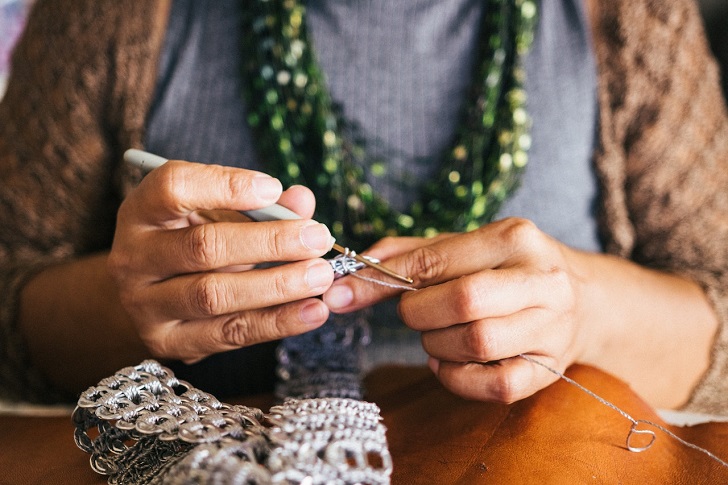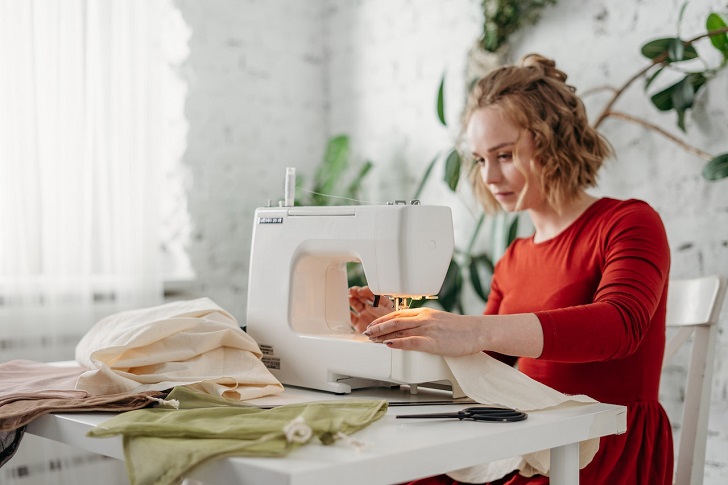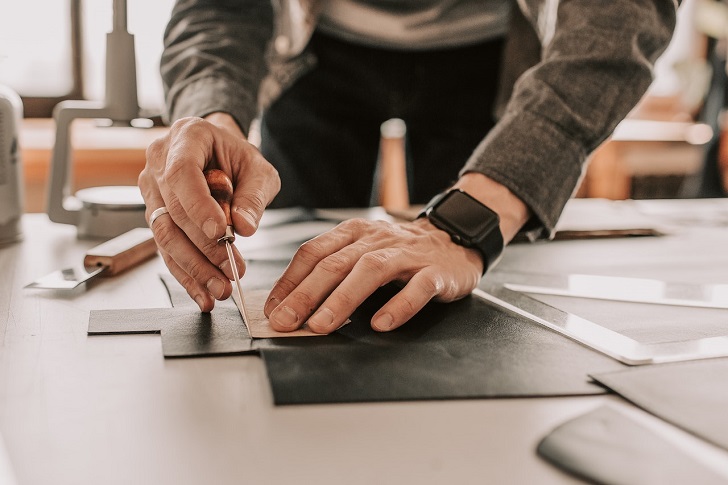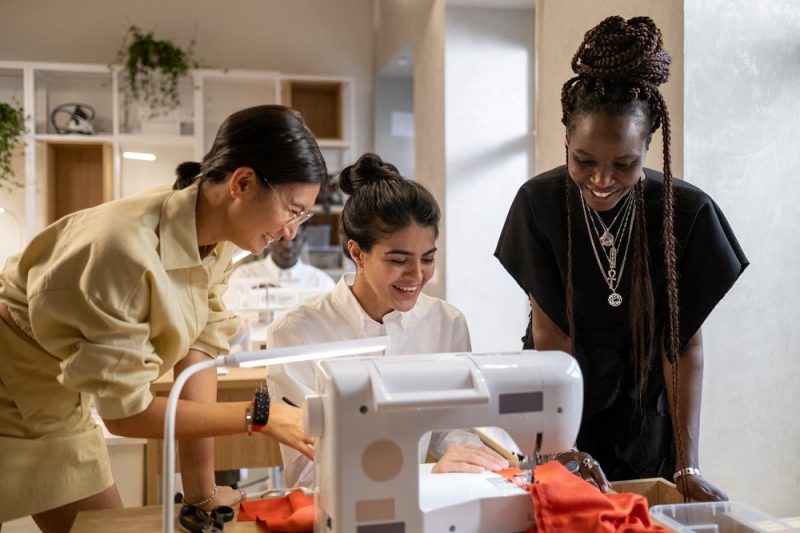In the fashion world, where trends come and go like the seasons, a group of artisans stands resolute, crafting garments and accessories that defy the transient nature of the industry. These creators are driven by a commitment to quality, an appreciation for the past, and a vision of longevity.
In this article, we delve into the worlds of two designers - a textile artist and a luggage maker - who reveal why attention to detail is at the heart of their work.
Mending Memories
Celia Pym's journey into the world of textiles began in her childhood home in Kent, a place teeming with doers, menders, and makers. Toolkits and drawers full of odd lengths of string were her playground. However, her rediscovery of knitting at Harvard University rekindled her passion for textiles.

Diego Pontes/ Pexels | Mending is about being able to see our belongings afresh and imagine that they are still good
Knitting became more than a warm-up exercise for Celia; it became an art form. She even embarked on a nine-month journey across Japan with her knitting as a companion. Her encounter with a chunky, hand-knitted sweater worn by her late great-uncle Roland held profound significance.
Roland's sweater bore the marks of time and love, but the evidence of her great-aunt Elizabeth's practical repairs left an indelible impression. Celia's fascination with the art of mending was ignited.
Her visible repair work, often in vibrant colors, now graces international exhibitions and collaborations with clothing brands like Toast and Muji. Celia hopes to shift our perception of repaired goods through her work, emphasizing the value of items lived in, loved, and mended to perfection.
The Lived-In Aesthetic
Margaret Howell, a British designer with a career spanning six decades, has always been drawn to the well-crafted and the functional. Her appreciation for quality extends to her teenage creations, like a recently rediscovered linen dress. Her designs are synonymous with simplicity and durability, often worn by loyal customers as a uniform.

cottonbro studio/ Pexels | You do not wear them out – you wear them in
Margaret's journey started in the late 1960s when she made men's shirts in her flat. Her designs found a fan in retail entrepreneur Joseph Ettedgui, leading to her first store in London. Over the years, her designs, with their androgynous touch, gained a global following.
Margaret's inspiration comes from various sources, from heritage fabrics to images of real people wearing their clothes. Her designs possess a sense of permanence, making them timeless pieces that refuse to fade into obscurity.
Material Whispers
Charlie Borrow stumbled into the world of leatherwork and bag making when he crafted an oversized leather tote for his mother's birthday. With no prior experience, he relied on his instincts and hands-on approach to create a bag that marked the beginning of his journey, although imperfect.
Starting small in a cramped room, Charlie's brand has grown into a one-man workshop and retail space in London. His collection of bags, belts, wallets, and pouches exudes simplicity and durability, influenced by functional military wear.
Every material he uses is sourced exclusively from the UK, ensuring quality and sustainability. The attention to detail extends to every aspect, from the leather, which comes from a traditional oak-bark tanner to the brassware forged through the sand-casting method.
Charlie's commitment to craftsmanship goes beyond bags; he now refurbishes mid-century armchairs and accepts bespoke commissions for interior projects. Each piece is a testament to his dedication to ensuring every item serves its purpose and lasts a lifetime.

Vlada Karpovich/ Pexels | It's always about keeping the right proportions and letting the design and the material do the talking
Beyond Boundaries
Faye Toogood, a self-described "tinker," has forged a path in multiple creative realms, from interior design to fine art and fashion. Her journey started with a degree in art history and a career as the interior editor at The World of Interiors.
In 2008, she founded Studio Toogood, a multidisciplinary practice known for its relentless pursuit of the new. One of her notable creations is the Roly-Poly chair, a sculptural masterpiece that defies categorization.
Faye's foray into fashion with her pattern-cutter sister, Erica, led to a collection of coats designed for artists, architects, and individuals seeking unique clothing. Their pieces, made from artists' canvas, come in various sizes and bear individual makers' names and owners, promoting the idea of shared and enduring fashion.
Faye believes in the transformative power of one extraordinary piece, one that becomes a part of the wearer's identity rather than imposing a pre-defined style. Her designs embody the essence of timelessness, built to last and evolve with the wearer.






